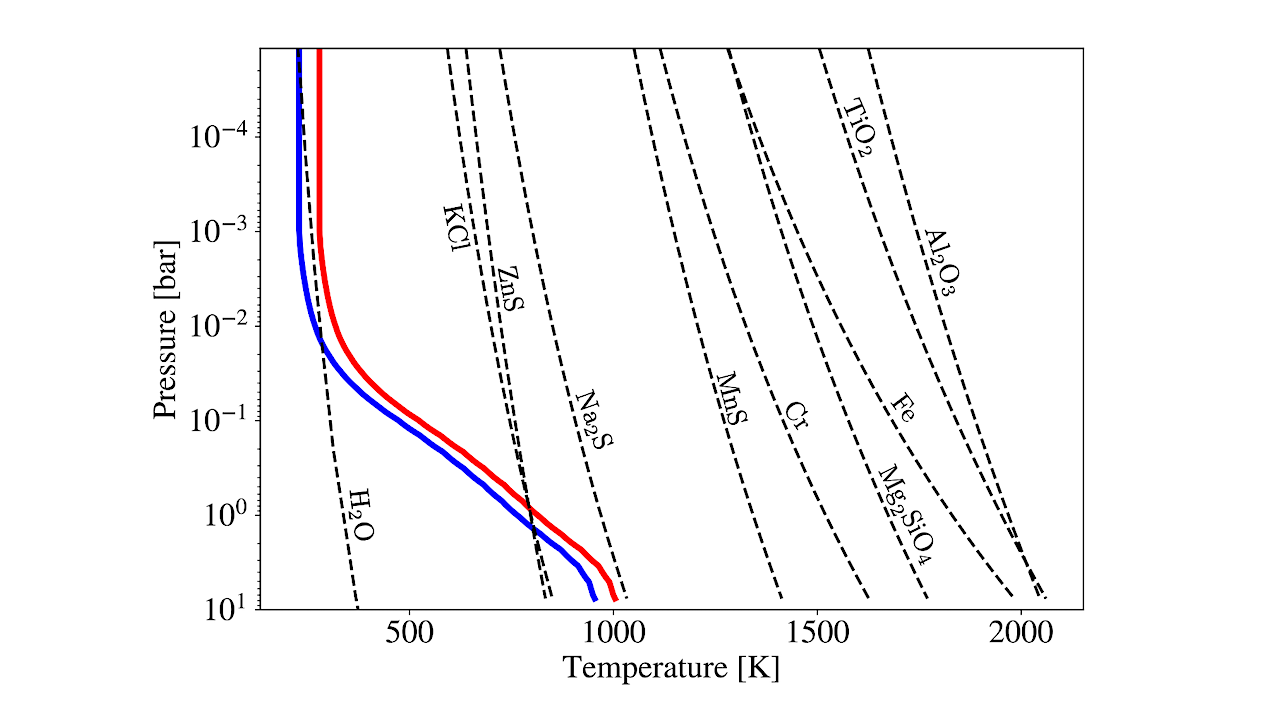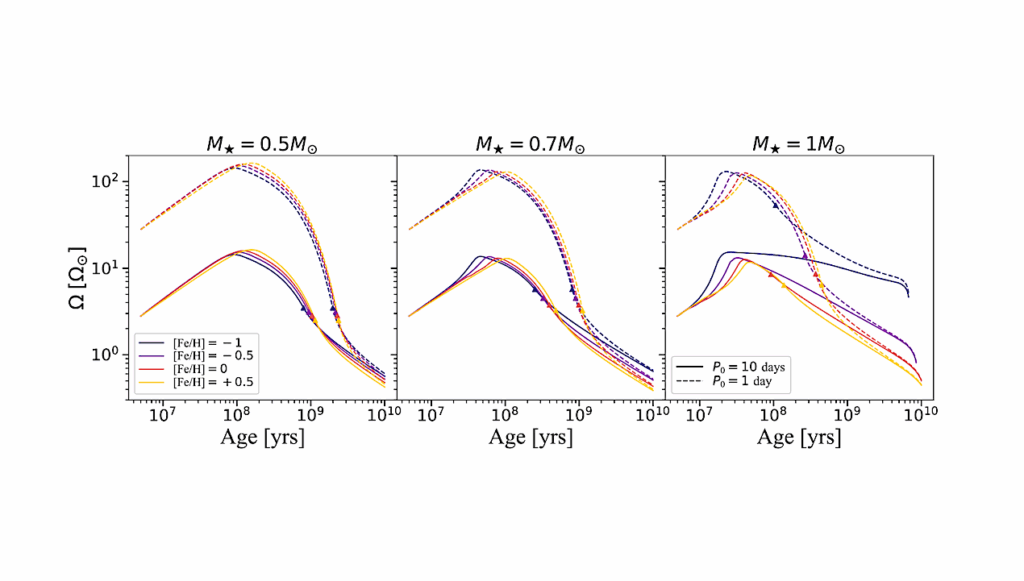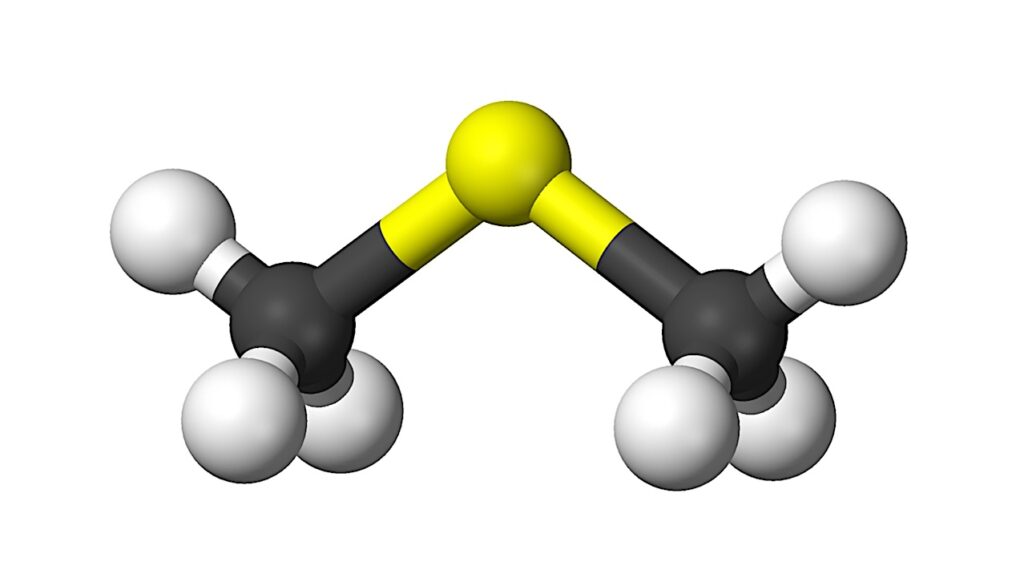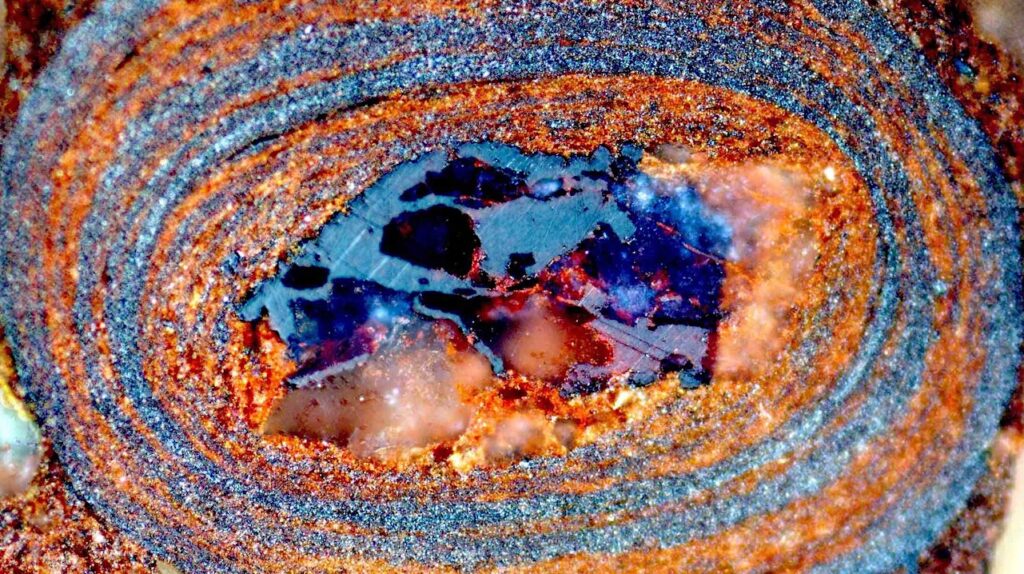Nightside Clouds on Tidally-locked Terrestrial Planets Mimic Atmosphere-Free Scenarios

We investigate the impact of nightside cloud formation on the observable night-day contrast of tidally-locked terrestrial planet atmospheres.
We demonstrate that, in the case where the planetary dayside is only 10s of Kelvin hotter than the planetary nightside, the presence of optically thick nightside clouds can lead to observations that mimic a planet without an atmosphere, despite the planet actually hosting a significant (10 bar) atmosphere. The scenario presented in this work requires a level of intrinsic atmospheric day/night temperature contrast such that the nightside can form clouds while the dayside is too hot for cloud formation to occur.
This scenario is most likely for hotter terrestrials and terrestrials with low volatile inventories. We thus note that a substantial dayside/nightside temperature difference alone does not robustly indicate that a planet does not host an atmosphere and additional observations and modeling are essential for characterization.
We further discuss several avenues for future study to improve our understanding of the terrestrial planets and how best to characterize them with JWST.
Diana Powell, Robin Wordsworth, Karin Öberg
Comments: Accepted to ApJL, 12 pages, 9 figures
Subjects: Earth and Planetary Astrophysics (astro-ph.EP)
Cite as: arXiv:2409.07542 [astro-ph.EP] (or arXiv:2409.07542v1 [astro-ph.EP] for this version)
https://doi.org/10.48550/arXiv.2409.07542
Focus to learn more
Submission history
From: Diana Powell
[v1] Wed, 11 Sep 2024 18:04:52 UTC (3,956 KB)
https://arxiv.org/abs/2409.07542
Astrobiology,








